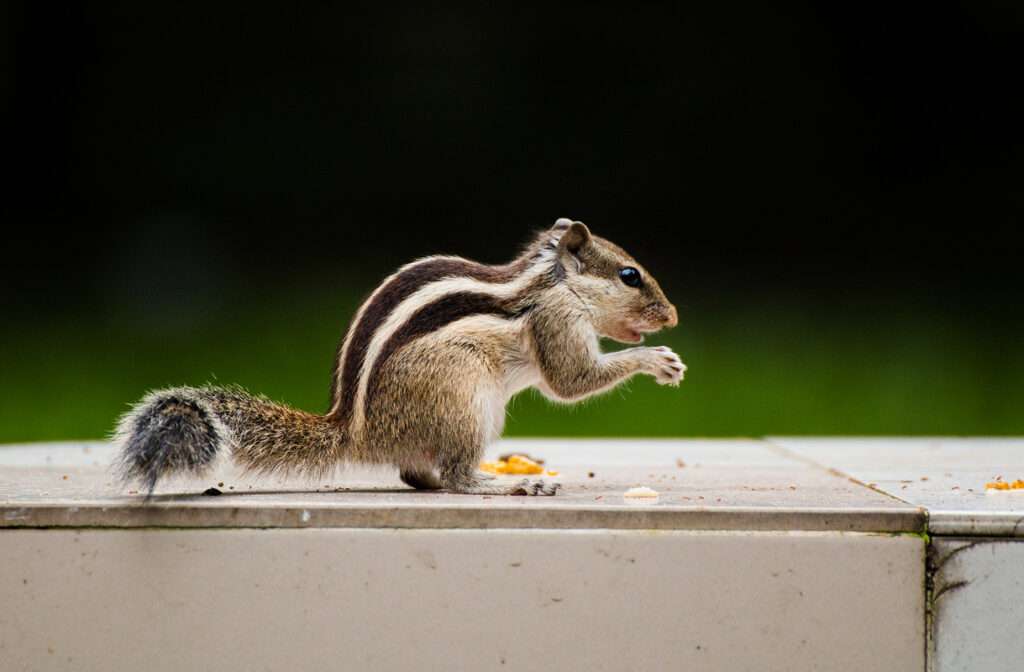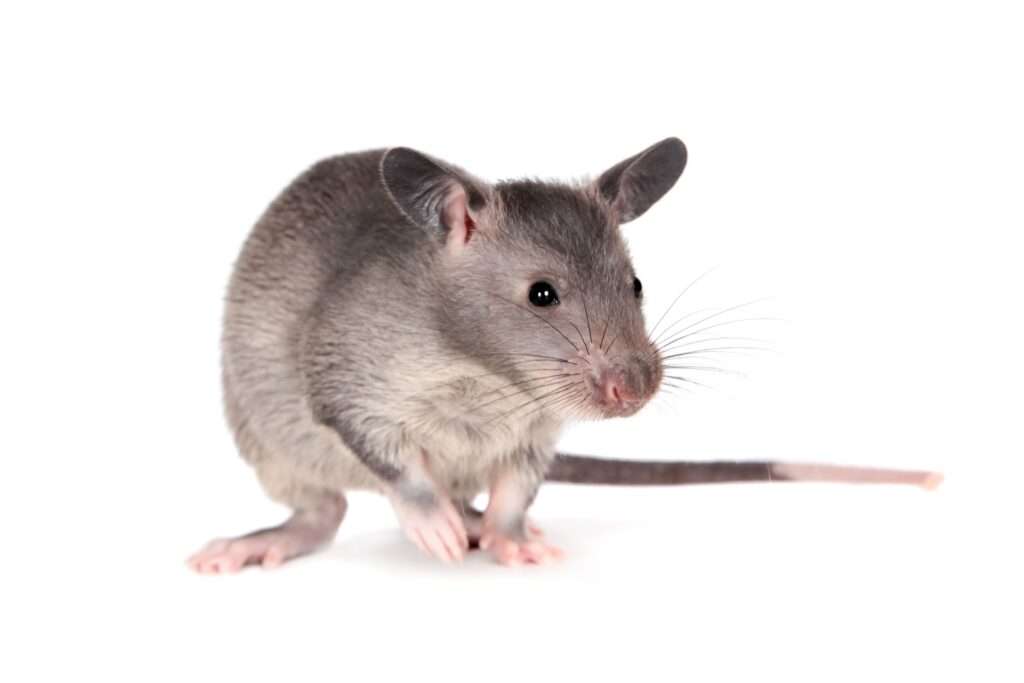
Description
Including the tail, the body length ranges from 230 to 356 mm. Approximately half of the whole body length is made up by the tail alone. The metabolic rate of northern palm squirrels is not well understood. The stripes on the back are one of its distinguishing physical characteristics. On the back, there are usually 3 thin stripes of colour. The head is typically greyish to reddish brown, while the top coat ranges in colour from greyish brown to practically black.
Habitat
It can be found in Iran, India, Nepal, Bangladesh, the Andaman Islands, the Nicobar Islands (where it was first introduced), and Pakistan. Even in major cities like Delhi and Kolkata, it is pretty typical in metropolitan areas in India. Wroughton proposed two subspecies in addition to the type race, Funambulus pennantii argentescens and Funambulus pennantii lutescens; however, more modern researchers do not make this distinction.

Behavior
The sociable northern palm squirrels live in groups of up to 10 in the same tree. They are highly busy creatures which spend a large portion of their day searching for food. Despite the fact that they forage on the ground frequently, these animals are mostly arboreal. The majority of activity, such as foraging, breeding, playing, etc., takes place during the day.
As Pet
They normally consume a wide range of foods while living in captivity, including seeds, nuts, buds, young bark, insects, leaves, flowers, and grubs. They’ve also been observed eating young birds. Both on the ground and in trees, they eat. Food is kept there for later use. One animal spent about 5 years in captivity before being released into the wild when it was between 6 and 7 years old.
Table





